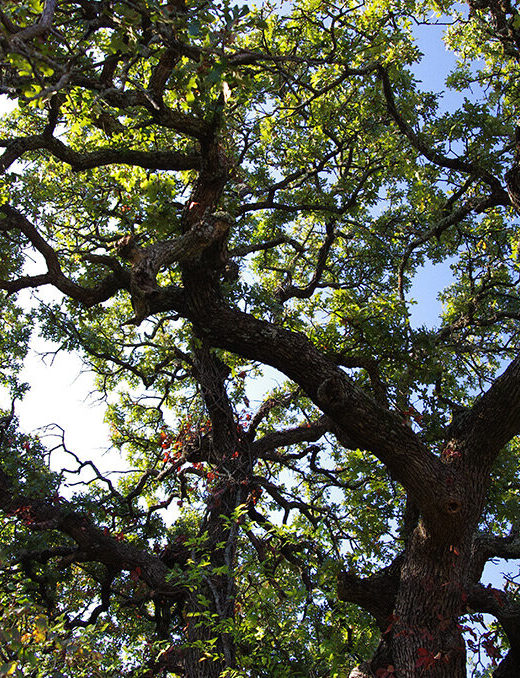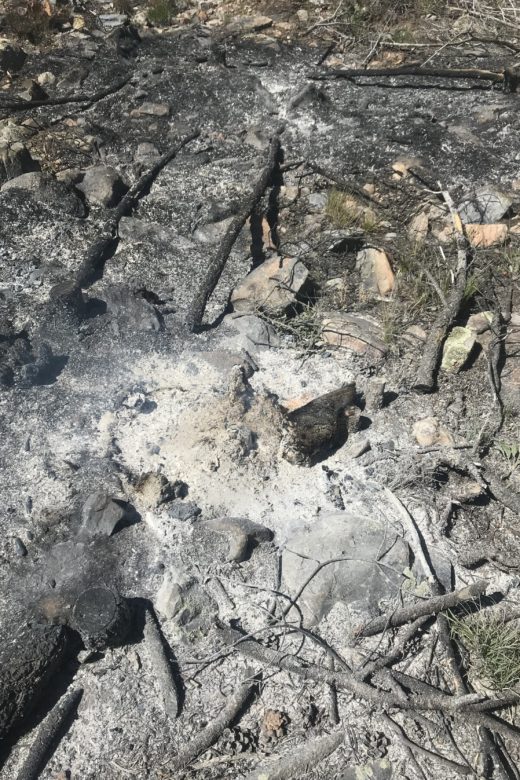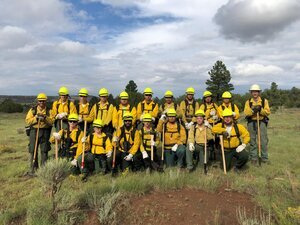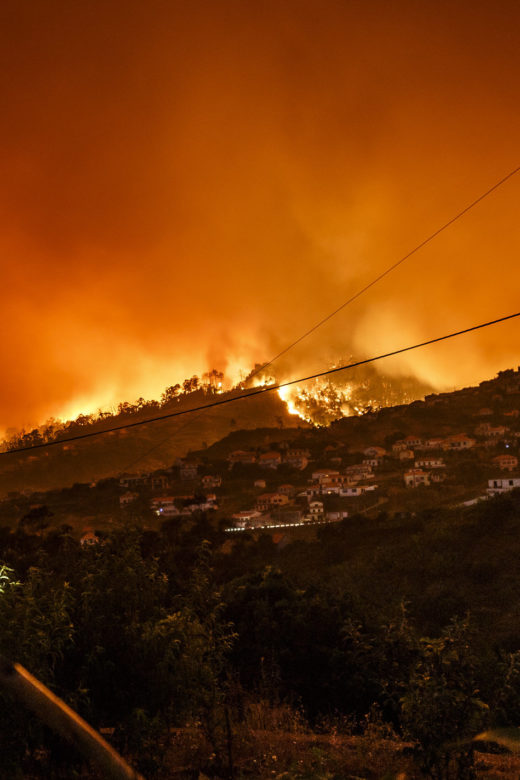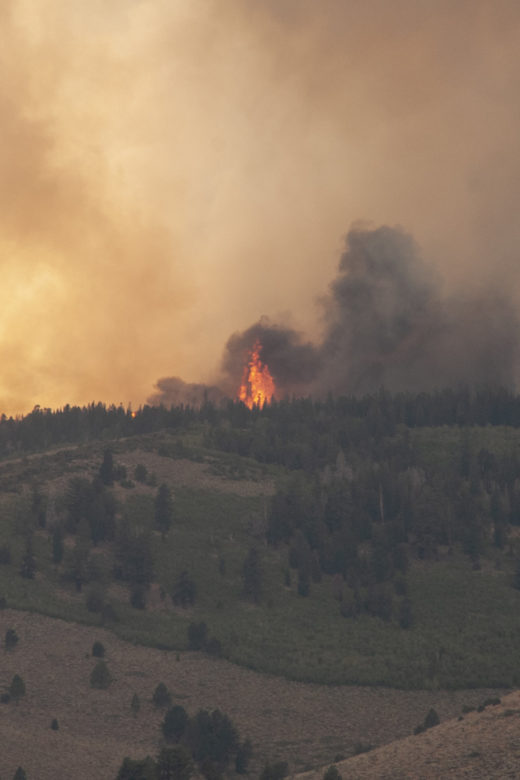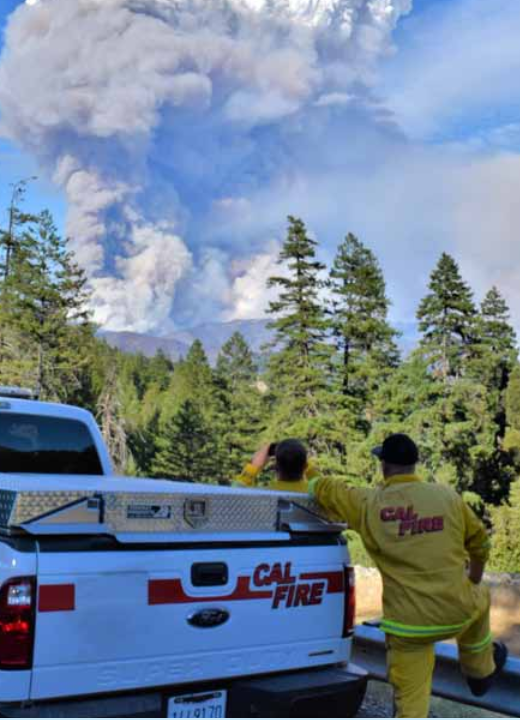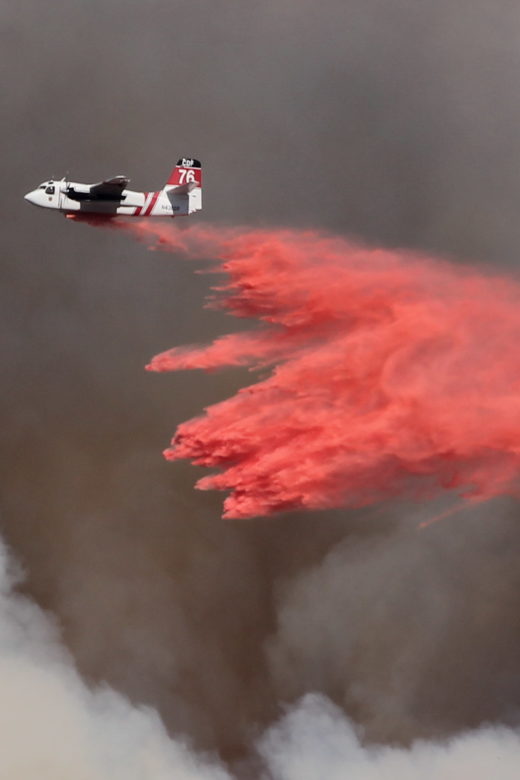This website hosts an abundance of curricula that focuses on the fire ecology of the Cross Timbers ecoregion, which is the largest …
Colorado Dept of Public Health & Environment Post-Fire Playbook
Developed for counties, tribes, municipalities, and water providers, the post-fire playbook was designed to fill in the gaps in …
Continue Reading about Colorado Dept of Public Health & Environment Post-Fire Playbook
Working Together to Increase the Pace and Scale of Prescribed Fire: A Case Study
All hands approaches that leverage the capacity of federal, state, tribal, and non-governmental partners are essential to …
Colorado State University unveils educational resources on potential restoration of wolves in Colorado
Other than humans, the grey wolf is historically the most widely distributed mammal in North America. Due to habitat loss and …
Reducing Wildfire Risk in the Wildland-Urban Interface: Policy, Trends, and Solutions
Increasing home development in wildfire-prone areas, coupled with climate change, are exacerbating wildfire risks to many …
Land use planning can reduce wildfire risk to homes and communities
Wildfire risk to people and homes is increasing. While climate change and decades of fuel buildup have exacerbated wildfires, …
Continue Reading about Land use planning can reduce wildfire risk to homes and communities
Wildfire Trends Across the Western US: Forest Fires Have Increased in Size, Severity, and Frequency Across Western Forests
Wildfires have increased in size, severity, and frequency in most western forests over the last three decades, as demonstrated by …
Federal wildfire policy and the legacy of suppression
Federal wildfire policy that emphasizes suppression—a legacy of early-1900s forest management—has resulted in a paradox: …
Continue Reading about Federal wildfire policy and the legacy of suppression

